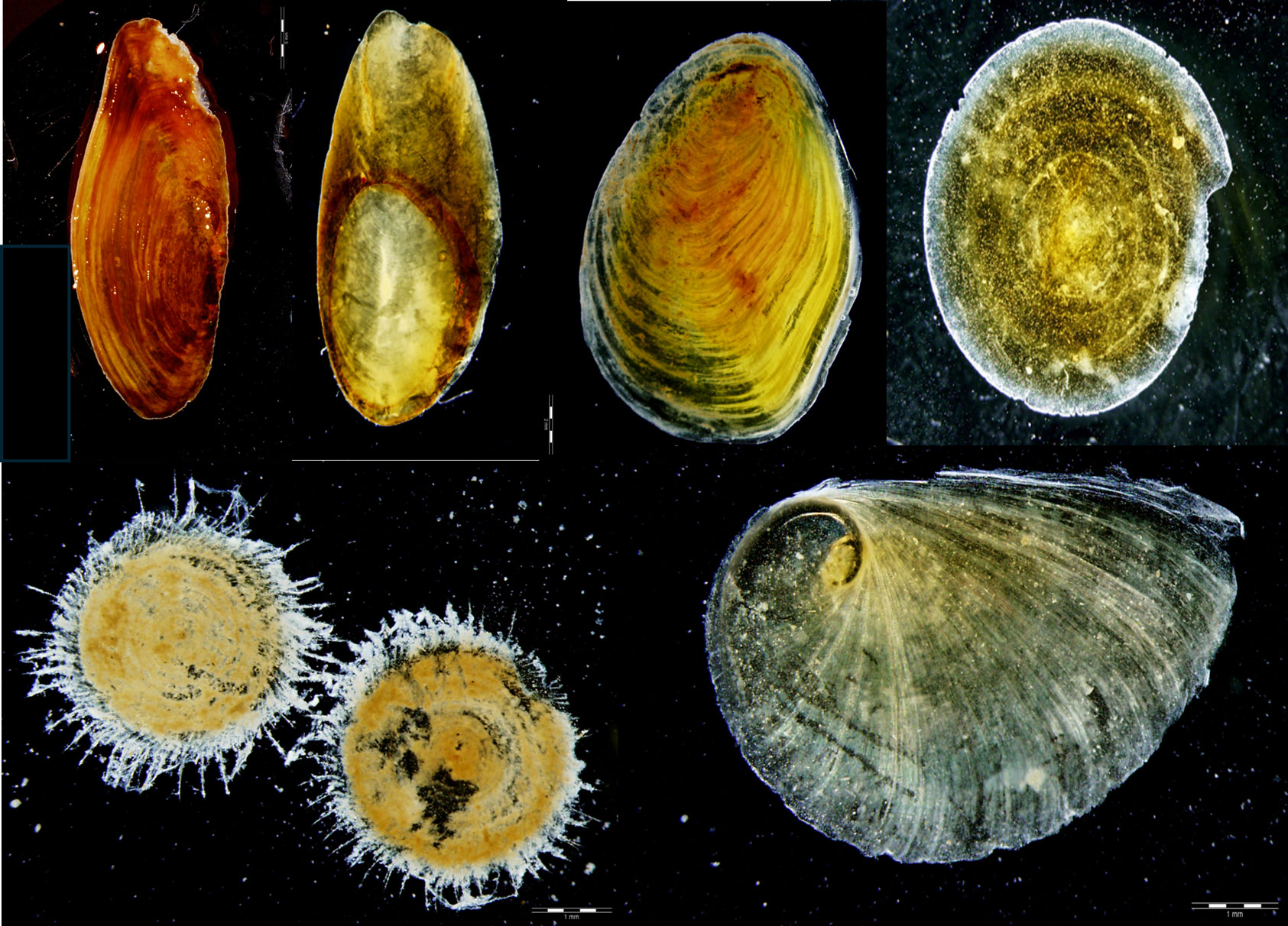06
Aug
On the feeding habits of the very rare Bull ray in the Gulf of Trieste
If the Common Eagle ray (Myliobatis aquila) is poorly studied, almost nothing is known about the Bull ray (Aetomylaeus bovinus). Although the species has no commercial importance, it is sometimes caught as by-catch and discarded. The Bull ray is currently considered as a Critically Endangered species of skate globally, with populations having declined significantly in recent years due to overfishing, and this status has been confirmed in the Adriatic Sea, as well. A study on the feeding habits of this species has been carried out on the basis of an analysis of Bull ray specimens caught as by-catch in fishing nets by fishermen. Among the 1557 prey specimens isolated from stomachs, gastropods constituted the vast majority (93.8%).
Aporrhais pespelecani was the predominant species, followed by Gibbula magus and Bolinus brandaris. These species are characteristic elements of the muddy detrital bottom biocenosis. Differences in prey structure between juveniles and adults and between sexes were evident. Among the fishes that appeared to be of particular importance in terms of biomass, small pelagic fishes such as sardine (Sardina pilchardus) and horse mackerels (Trachurus sp.) represented the largest prey items. The Bull ray feeds on gastropods and mussels by crushing their shells with its powerful tooth plates and can therefore be classified as a skate specialised in durophagy (feeding on hard skeletal parts). The feeding habits of the Bull ray are somewhat similar to those of its relative, the common Eagle ray, which is also specialised in hunting molluscs, which make up to 75% of its diet, but the Bull ray beaked pigeonfish feeds mainly on gastropods. Fish cages are also an important food source, attracting sharks and rays, as Bull rays have been reported feeding on dead fish around the fish farm in the cages. Discards of small pelagic fish from fishing vessels are also an important food source.
The presence of several pregnant females with developed embryos and numerous juveniles indicates the importance of the area for the reproduction of the species and suggests the need for further research on this very rare and poorly known cartilaginous species in the Gulf of Trieste and the northern Adriatic.
Lipej, L., R. Battistella, B. Mavrič & D. Ivajnšič (2025): An Insight into the Diet of the Bull Ray, Aetomylaeus bovinus (Geoffroy Saint-Hilaire, 1817) in the Northern Adriatic Sea. Annales Series Historia naturalis, 35(1): 43-54.
Aporrhais pespelecani was the predominant species, followed by Gibbula magus and Bolinus brandaris. These species are characteristic elements of the muddy detrital bottom biocenosis. Differences in prey structure between juveniles and adults and between sexes were evident. Among the fishes that appeared to be of particular importance in terms of biomass, small pelagic fishes such as sardine (Sardina pilchardus) and horse mackerels (Trachurus sp.) represented the largest prey items. The Bull ray feeds on gastropods and mussels by crushing their shells with its powerful tooth plates and can therefore be classified as a skate specialised in durophagy (feeding on hard skeletal parts). The feeding habits of the Bull ray are somewhat similar to those of its relative, the common Eagle ray, which is also specialised in hunting molluscs, which make up to 75% of its diet, but the Bull ray beaked pigeonfish feeds mainly on gastropods. Fish cages are also an important food source, attracting sharks and rays, as Bull rays have been reported feeding on dead fish around the fish farm in the cages. Discards of small pelagic fish from fishing vessels are also an important food source.
The presence of several pregnant females with developed embryos and numerous juveniles indicates the importance of the area for the reproduction of the species and suggests the need for further research on this very rare and poorly known cartilaginous species in the Gulf of Trieste and the northern Adriatic.
Lipej, L., R. Battistella, B. Mavrič & D. Ivajnšič (2025): An Insight into the Diet of the Bull Ray, Aetomylaeus bovinus (Geoffroy Saint-Hilaire, 1817) in the Northern Adriatic Sea. Annales Series Historia naturalis, 35(1): 43-54.






